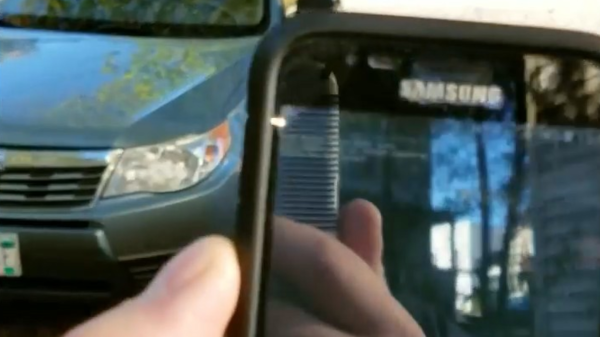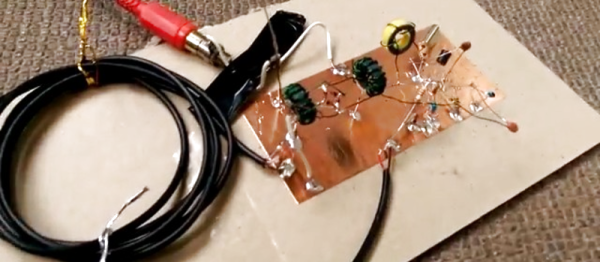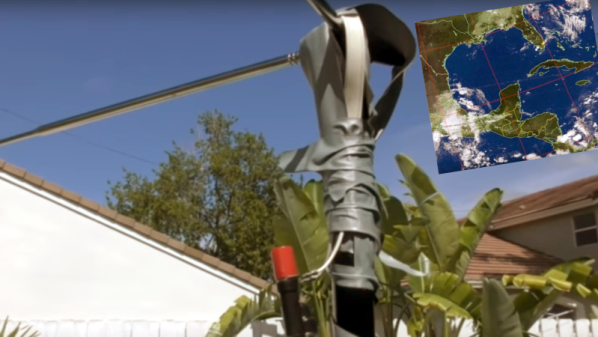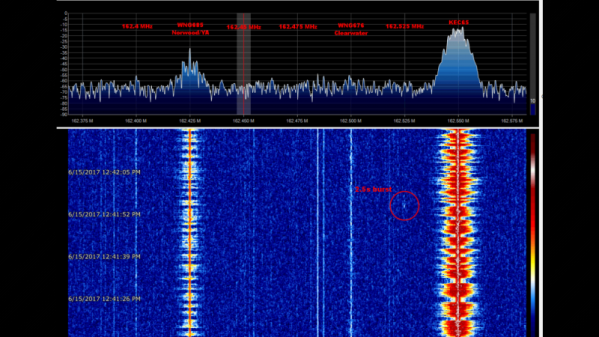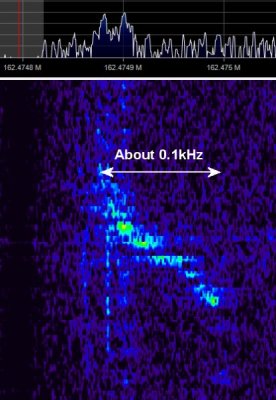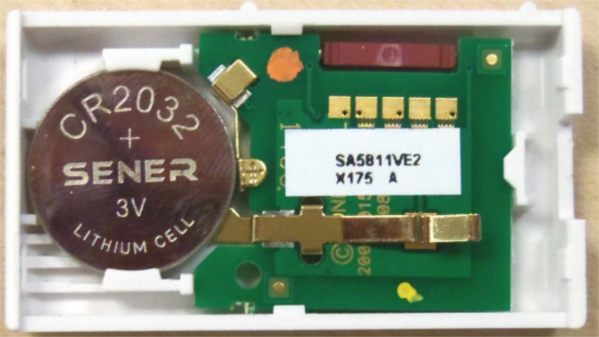[tomwimmenhove] has found a vulnerability in the cryptographic algorithm that is used by certain Subaru key fobs and he has open-sourced the software that drives this exploit. All you need to open your Subaru is a RasPi and a DVB-T dongle, so you could complain that sharing this software equates to giving out master keys to potential car thieves. On the other hand, this only works for a limited number of older models from a single manufacturer — it’s lacking in compatibility and affordability when compared to the proverbial brick.
This hack is much more useful as a case study than a brick is, however, and [tomwimmenhove]’s work points out some bad design on the manufacturer’s side and as such can help you to avoid these kind of mistakes. The problem of predictable keys got great treatment in the comments of our post about an encryption scheme for devices low in power and memory, for instance.
Those of you interested in digital signal processing may also want to take a look at his code, where he implements filtering, demodulation and decoding of the key fob’s signal. The transmission side is handled by rpitx and attacks against unencrypted communications with this kind of setup have been shown here before. There’s a lot going on here that’s much more interesting than stealing cars.
[Via Bleeping Computer]

